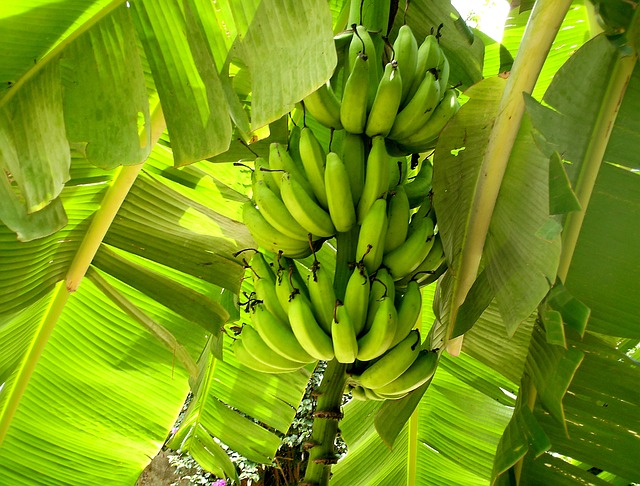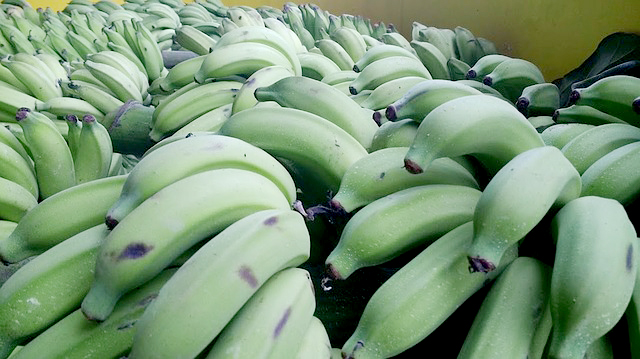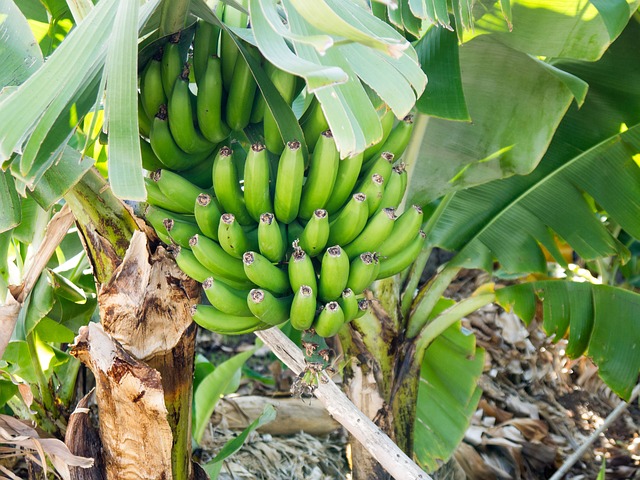
Complete Guide For Banana Cultivation In India
We’re bringing you the insides to the cultivation of this popular fruit.
The banana is a fruit that has a lot of overall value. This is what makes it so popular among different types of people. However, apart from having a decent amount of potassium, what is intriguing is how it is cultivated. Since it almost originated in India and it has an important place here, we shall be looking at the different stages of its cultivation.
Contents
1. Uses
Bananas are popular not only for their taste and varieties that are available, but also for their medicinal purposes. For example, they are known to be useful in treating bruises, cuts and scrapes. They have a number of other medicinal uses. These consist of treating insect bites, warts and even getting rid of splinters on your body. Bananas are also beneficial for cosmetic purposes. They are used quite a lot in homemade beauty treatments on the body, face and even for your hair.
Apart from these, banana cultivation in India is also responsible for many cooking recipes. Now that we know some basic uses of the fruit, let us focus on the production. First, we shall be looking at the factors required for its growth in India.
2. Favorable Growth Factors
 After evolving, the banana came to about two main species. Below, we will be looking at the various factors that one must keep in mind while engaging in Banana cultivation. It requires some level of humidity and functions well under levels of humidity that are 75-85%. This fruit acts as a tropical crop and requires the following to be present in order to achieve the ideal one. If you’re looking to know how to grow Banana, then stay tuned.
After evolving, the banana came to about two main species. Below, we will be looking at the various factors that one must keep in mind while engaging in Banana cultivation. It requires some level of humidity and functions well under levels of humidity that are 75-85%. This fruit acts as a tropical crop and requires the following to be present in order to achieve the ideal one. If you’re looking to know how to grow Banana, then stay tuned.
- Soil– The banana crop is usually grown from the sea level and is then elevated to about 2000 m. This crop would require loamy soil that is rich in texture. The ph levels have an important role and should be the perfect levels in order to receive an ideal crop. The soil should have a lot of moisture and drainage. For banana cultivation, the soil need not be too acidic or too alkaline and should have the right nitrogen levels.
3. Planting Method
A lot of farmers use suckers for planting material whereas there are some that use tissue culture seedlings. In banana farming, the roots and base of the planting material may be removed. The suckers are dipped in a solution of monocrotophos and bavistin before they are planted so as to create a good base.
When it comes to the plantation methods, something known as pit planting is used. This ‘pit’ is required to be of 0.5 m each. These are then filled with topsoil and mixed with the required elements such as neem cake. The ready pits are then left open in order to kill any bacteria and insects before reaching the refilling stage.
The suckers are then planted in the centre of each pit. Banana cultivation does not require excessively deep planting. Therefore, banana farming techniques are quite specifically used by farmers.
4. Nutrition and Maintenance
Bananas require a lot of nutrients in order to grow. These crucial nutrients aren’t always provided only through the soil. Here are some important maintenance points whilst cultivating bananas.
The basic nutrient requirement for banana crops is as follows. It starts off with about 10 kg FYM, 200 – 250gm N; 60-70gm P; 300gm K/plant. Traditionally, farmers use more of urea and less of phosphorous and potash.
Application of 150 g. N in vegetative phase and 50 g. N in reproductive phase enhances the yield. Application of 25% N as farmyard manure and 1 kg of ‘neem cake’ can be beneficial to the overall crop.
5. States Where Production Is The Most
 India is known to be by far the largest producer of this magnificent fruit. However, not many people are aware of the states and their varieties in production. Following is a table stating how much each state contributes to the overall production of banana in the country.
India is known to be by far the largest producer of this magnificent fruit. However, not many people are aware of the states and their varieties in production. Following is a table stating how much each state contributes to the overall production of banana in the country.
| State | Production (Tons) |
| Tamil Nadu | 5136.2 |
| Gujarat | 4523.49 |
| Maharashtra | 3600 |
| Andhra Pradesh | 3242.7 |
| Karnataka | 2529.6 |
| Bihar | 1702.412 |
| Madhya Pradesh | 1701 |
| West Bengal | 1077.8 |
| Assam | 837.021 |
| Orissa | 521.31 |


